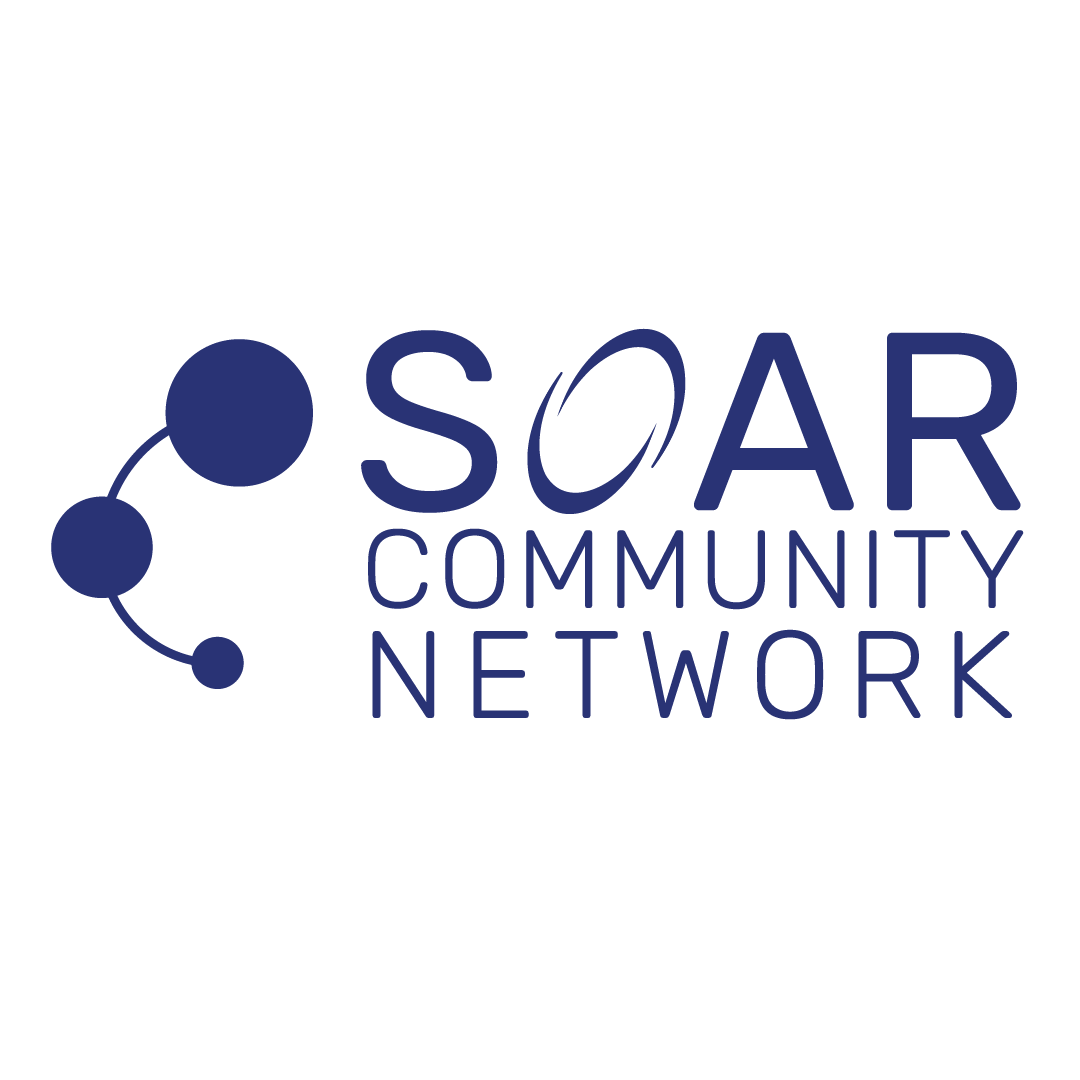Introduction
In the fast-paced and diverse landscape of modern workplaces, the ability to effectively engage, communicate, and collaborate within teams is paramount to success. As a leader or team member, understanding and implementing practical strategies to enhance these aspects can significantly improve team alignment and overall performance. This article offers insights and actionable tips drawn from personal experience and extensive research, aimed at fostering a more cohesive, efficient, and harmonious team environment.
1. Cultivating a Culture of Engagement
Engagement in the workplace goes beyond mere job satisfaction. It encompasses a sense of belonging, purpose, and enthusiasm among team members.
- Empower and Involve: Give team members a sense of ownership by involving them in decision-making processes. Empower them with the autonomy to make decisions within their scope, fostering a deeper sense of involvement and commitment.
- Recognize and Appreciate: Regular recognition and appreciation of team members’ efforts can significantly boost morale and engagement. This recognition should be personalized, meaningful, and timely.
- Align Individual Goals with Team Objectives: Ensure that each team member understands how their role contributes to the broader team and organizational goals. Aligning personal ambitions with team objectives creates a unified direction and purpose.
2. Enhancing Effective Communication
Communication is the cornerstone of any successful team. It’s not just about the exchange of information but also about building trust and understanding.
- Open and Transparent Communication: Encourage a culture of open and transparent communication. Regular team meetings, one-on-one check-ins, and open-door policies can facilitate this.
- Active Listening: Foster an environment where active listening is practiced. Encourage team members to listen to understand, not just to respond, which can lead to more meaningful and productive conversations.
- Utilize Diverse Communication Channels: Different team members may prefer different communication methods. Utilize a mix of communication channels – from face-to-face meetings and phone calls to emails and instant messaging.
3. Fostering Collaboration
Collaboration is more than working together; it’s about synergizing diverse skills and perspectives towards a common goal.
- Leverage Team Diversity: Embrace and leverage the diversity within your team. Different perspectives can lead to more creative solutions and innovations.
- Set Clear Roles and Responsibilities: Clarify each team member’s role and responsibilities to avoid confusion and overlap. This clarity helps in defining how team members can effectively collaborate.
- Encourage Cross-functional Interaction: Facilitate opportunities for team members to collaborate across different functions or departments. This can lead to a better understanding of different aspects of the business and foster a more integrated approach to problem-solving.
4. Building Trust and Psychological Safety
A team that trusts each other and feels psychologically safe is more likely to take risks, be creative, and speak up without fear of judgment.
- Create a Safe Environment: Encourage an environment where team members feel safe to express their ideas and concerns without fear of retribution or ridicule.
- Build Trust Through Consistency and Reliability: Consistency in actions and keeping commitments builds trust over time. Be a reliable leader or team member whom others can depend on.
- Promote Mutual Respect: Foster a culture of mutual respect where every team member’s contribution is valued, regardless of their position or tenure.
5. Regular Feedback and Continuous Improvement
Feedback is essential for personal and team growth. It should be a continuous process rather than a once-a-year event.
- Provide Constructive Feedback: Offer regular, constructive feedback in a manner that is helpful and encouraging, not critical or demeaning.
- Encourage a Growth Mindset: Promote a culture where learning from mistakes is valued over perfection. Encourage team members to view challenges as opportunities for growth.
- Regularly Review Team Performance: Regular reviews of team performance against set goals can help identify areas for improvement and adjust strategies accordingly.
Conclusion
Building a team that excels in engagement, communication, and collaboration is an ongoing process that requires commitment, patience, and strategic effort. By focusing on these practical approaches, leaders and team members can create an environment that not only fosters successful team alignment but also drives innovation, productivity, and job satisfaction.

